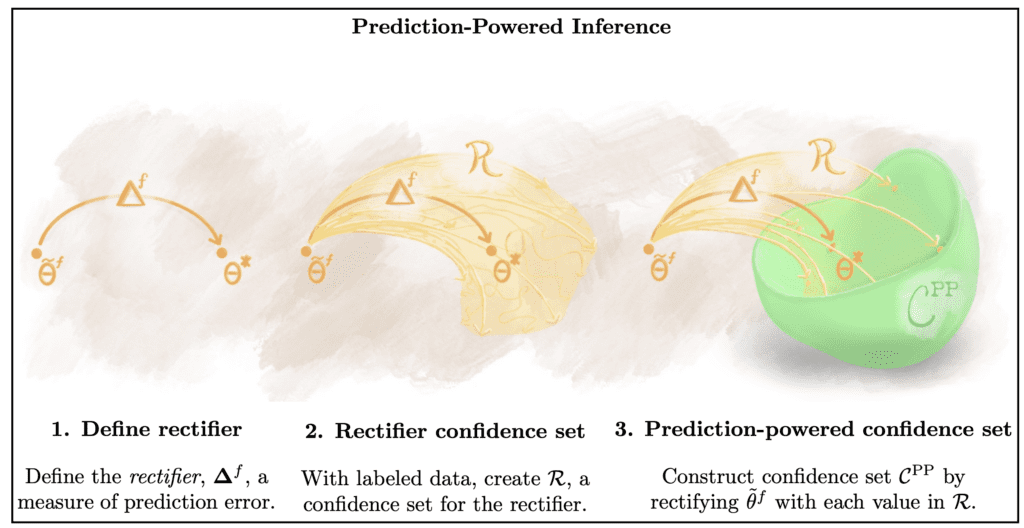This is Jessica. My sabbatical year, which most recently had me in Berkeley CA, is coming to an end. For the second time since August I was passing through Iowa. Here it is on the way out to California from Chicago and on the way back.


If you squint (like, really really squint), you can see a bald eagle overhead in the second picture.
One association that Iowa always brings to mind for me is that Arthur Russell, the musician, grew up there. I have been a fan of Russell’s music for years, but somehow had missed Iowa Dream, released in 2019 (Russell died of AIDS in 1992, and most of his music has been released posthumously). So I listened to it while we were driving last week.
Much of Iowa Dream is Russell doing acoustic and lofi music, which can be surprising if you’ve only heard his more heavily produced disco or minimalist pop. One song, called Barefoot in New York, is sort of an oddball track even amidst the genre blending that is typical of Russell. It’s probably not for everyone, but as soon as I heard it I wanted to experience it again.
NPR called it “newfound city chaos” because Russell wrote it shortly after moving to New York, but there’s also something about the rhythm and minutae of the lyrics that kind of reminds me of research. The lyrics are tedious, but things keep moving like you’re headed towards something. The speech impediment evokes getting stuck at times and having to explore one’s way around the obstruction. Sometimes things get clear and the speaker concludes something. Then back to the details that may or may not add up to something important. There’s an audience of backup voices who are taking the speaker seriously and repeating bits of it, regardless of how inconsequential. There’s a sense of bumbling yet at the same time iterating repeatedly on something that may have started rough but becomes more refined.
Then there’s this part:
I really wanted to show somehow how things deteriorate
Or how one bad thing leads to another
At first, there were plenty of things to point to
Lots of people, places, things, ideas
Turning to shit everywhere
I could describe these instances
But the more I thought about them
The less they seemed to be negative things
But appeared in the scenes as something completely new and productive
And I couldn’t talk about them in the same way
But I knew it was true that there really are
Dangerous crises
Occurring in many different places
But I was blind to them then
Once it was easy to find something to deplore
But now it’s even worse than before
I really like these lyrics, in part because they make me uncomfortable. On the one hand, the idea of wanting to criticize something, but losing the momentum as things become harder to dismiss closer up, seems opposite of how many realizations happen in research, where a few people start to notice problems with some conventional approach and then it becomes hard to let them go. The replication crisis is an obvious example, but this sort of thing happens all the time. In my own research, I’ve been in a phase where I’m finding it hard to unsee certain aspects of how problems are underspecified in my field, so some part of me can’t relate to everything seeming new and productive.
But at the same time the idea of being won over by what is truly novel feels familiar when I think about the role of novelty in defining good research. I imagine this is true in all fields to some extent, but especially in computer science, there’s a constant tension around how important novelty is in determining what is worthy of attention.
Sometimes novelty coincides with fundamentally new capabilities in a way that’s hard to ignore. The reference to potentially “dangerous crises” brings to mind the current cultural moment we’re having with massive deep learning models for images and text. For anyone coming from a more classical stats background, it can seem easy to want to dismiss throwing huge amounts of unlabeled data at too-massive-and-ensembled-to-analyze models as a serious endeavor… how does one hand off a model for deployment if they can’t explain what it’s doing? How do we ensure it’s not learning spurious cues, or generating mostly racist or sexist garbage? But the performance improvements of deep neural nets on some tasks in the last 5 to 10 years is hard to ignore, and phenomena like how deep nets can perfectly interpolate the training data but still not overfit, or learn intermediate representations that align with ground truth even when fed bad labels, makes it hard to imagine dismissing them as a waste of our collective time. Other areas, like visualization, or databases, start to seem quaint and traditional. And then there’s quantum computing, where the consensus in CS departments seems to be that we’re going all in regardless of how many years it may still be until its broadly usable. Because who doesn’t like trying to get their head around entanglement? It’s all so exotic and different.
I think many people gravitate to computer science precisely because of the emphasis on newness and creating things, which can be refreshing compared to fields where the modal contribution it to analyze rather than invent. We aren’t chained to the past the way many other fields seem to be. It can also be easier to do research in such an environment, because there’s less worry about treading on ground that’s already been covered.
But there’s been pushback about requiring reviewers to explicitly factor novelty into their judgments about research importance or quality, like by including a seperate ranking for “originality” in a review form like we do in some visualization venues. It does seem obvious that including statements like “We are first to …” in the introduction of our papers as if this entitles us to publication doesn’t really make the work better. In fact, often the statements are wrong, at least in some areas of CS research where there’s a myopic tendency to forget about all but the classic papers and what you saw get presented in the last couple years. And I always cringe a little when I see simplistic motiations in research papers like, no one has ever has looked at this exact combination (of visualization, form of analysis etc) yet. As if we are absolved of having to consider the importance of a problem in the world when we decide what to work on.
The question would seem to be how being oriented toward appreciating certain kinds of novelty, like an ability to do something we couldn’t do before, affects the kinds of questions we ask, and how deep we go in any given direction over the longer term. Novelty can come from looking at old things in new ways, for example developing models or abstractions that relate previous approaches or results. But these examples don’t always evoke novelty in the same way that examples of striking out in brand new directions do, like asking about augmented reality, or multiple devices, or fairness, or accessibility, in an area where previously we didn’t think about those concerns much.
If a problem is suddenly realized to be important, and the general consensus is that ignoring it before was a major oversight, then its hard to argue we should not set out to study the new thing. But a challenge is that if we are always pursuing some new direction, we get islands of topics that are hard to relate to one another. It’s useful for building careers, I guess, to be able to relatively easily invent a new problem or topic and study it in a few papers then move on. And I think it’s easy to feel like progress is being made when you look around at all the new things being explored. There’s a temptation I think to assume that it will all “work itself out” if we explore all the shiny new things that catch our eye, because those that are actually important will in the end get the most attention.
But beyond not being to easily relate topics to one another, a problem with expanding, at all times, in all directions at once, would seem to be that no particular endeavor is likely to be robust, because there’s always an excitement about moving to the next new thing rather than refining the old one. Maybe all the trendy new things distract from foundational problems, like a lack of theory to motivate advances in many areas, or sloppy use of statistics. The perception of originality and creativity certainly seem better at inspiring people than obsessing over being correct.
Barefoot in NY ends with a line about how, after having asked whether it was in “our best interest” to present this particular type of music, the narrator went ahead and did it, “and now, it’s even worse than before.” It’s not clear what’s worse than before, but it captures the sort of committment to rapid exploration, even if we’re not yet sure how important the new things are, that causes this tension.


